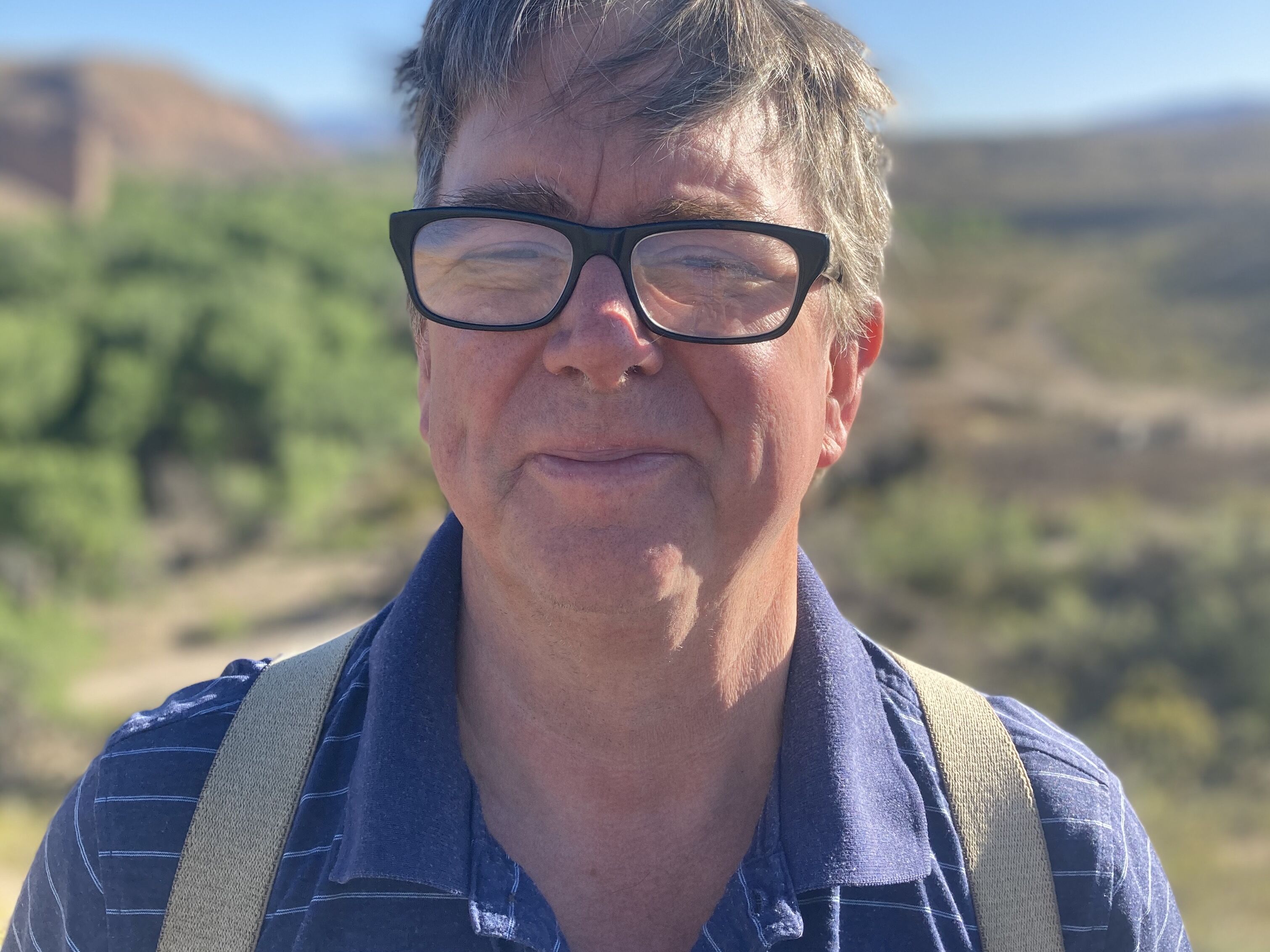Ian T. Baldwin and his team study a fire-chasing native tobacco plant, Nicotiana attenuata and use the plant’s natural history interactions to phenotype transformed and recombinant inbred lines (RILs) of this plant, at a nature preserve in the plant’s native habitats, to understand the function of genes required for survival in nature. Previously, the research program has used a reverse genetics approach; this talk will describe how we are now using unbiased forward genetics wedded with unbiased metabolomics and natural history-based field biology to understand the genetics behind the management of complex ecological interactions.
Ian T. Baldwin received an AB from Dartmouth College in 1981, his PhD from Cornell University in 1989, rose through the academic ranks at the State University of New York at Buffalo and in 1996 became the founding director of the Max Planck Institute for Chemical Ecology in Jena Germany. He has published more than 500 peer-reviewed papers and a book on the induced defenses of plants, is a member of the National Academy of Sciences (USA), Nationale Akademie der Wissenschaften Leopoldina, EMBO, and the AAAS. In his research program, he uses a nature preserve to conduct experiments with genetically modified plants in the plant‘s native environment to understand the genes that matter for survival under real world conditions.
Moderation: Professorin Dr. Katharina Riedel
-------
Organizational information on the digital lecture
The Alfried Krupp Wissenschaftskolleg is offering this event live as a zoom meeting, in which viewers can also take part in the subsequent discussion with video contributions.
- We would be delighted if you gave your real name when dialing into Zoom. Of course, you can also take part in the event under a pseudonym.
- A list of all participants is available to all those involved during the entire event.
- During the lecture, the microphones of the audience are all automatically muted so as not to generate any disturbing background noise. You can turn on the audience's camera during the lecture.
- In the discussion that follows, requests to speak or questions can be displayed using the "Raise hand" function. You can find these - depending on the device - under the button "Participant", "More" or "Reactions" in Zoom. You can also lower your hand again if you want to withdraw the question.
- The moderator keeps a speech list and gives the floor in the order of the messages. If the moderator asks you to bring your question or request to speak, the user interface will ask you to turn on your microphone. If you have not already done so, you are welcome to turn on your camera. This is particularly desirable when presenting longer requests to speak so that the presenter can also see who is asking the question or who is making the comment.
- Of course, you also have the option of asking your questions in writing in the chat.
-------
Meeting-ID: 929 6384 7082
Kenncode: Wiko2021
-------

